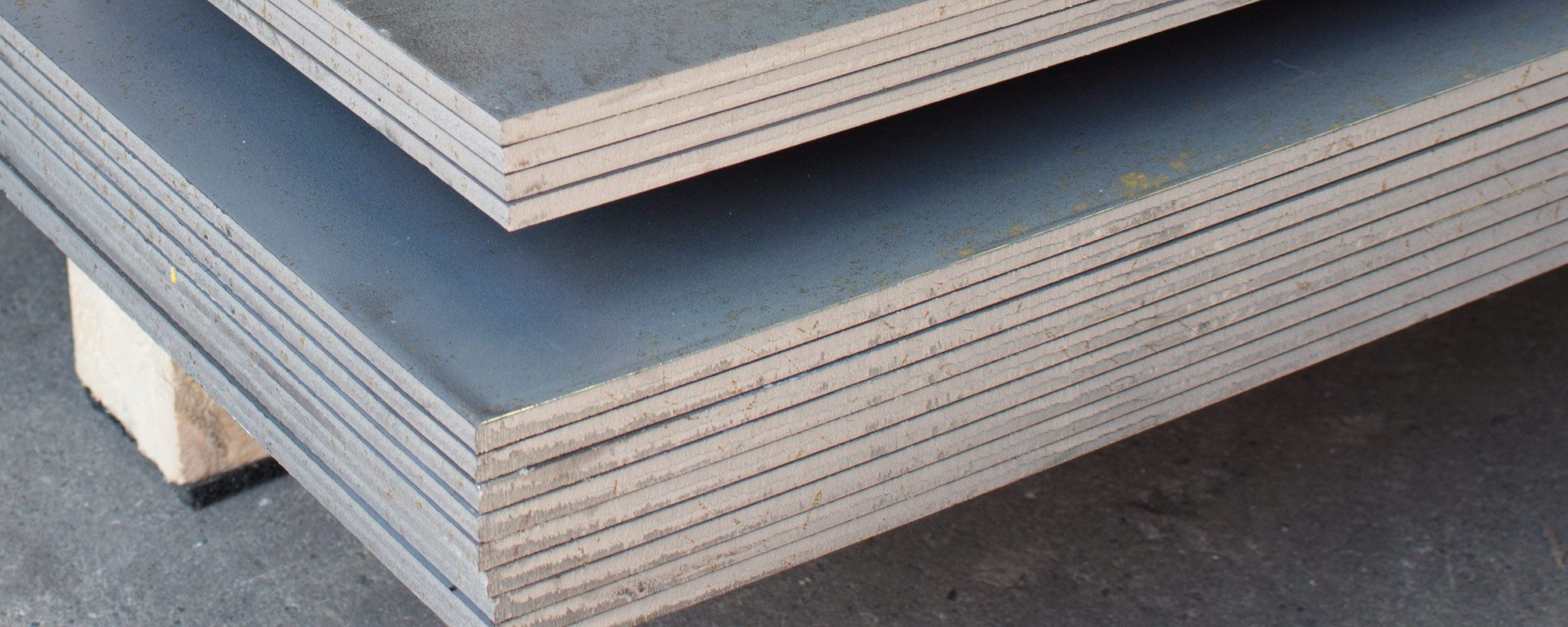Manganese Steel
Manganese Steel with a 11% to 14% manganese content is a work hardening steel. With its high carbon (approximately 1.2%) and high manganese contents it combines its work hardening resistance to wear characteristics with high toughness and ductility. When in service the steel can be subjected to repeated impact or abrasion, which will then work harden the steel. Due to the steels excellent work hardening characteristics it is extremely difficult to machine which can limit its range of suitable applications. Cutting and machining the steel by conventional methods is nigh on impossible, the best process for cutting is using plasma arc or laser cutting.

Related Specifications
Werkstoff X120Mn12
Euronorm X120Mn13
Din 1.3401
ASTM A128
Z120M12
Mangalloy
Hadfield Steel
History
High manganese steel has a history dating back to the late 1800s. Initially know as Hadfield Steel after its inventor Sir Robert Hadfield who made the discovery of manganese steel, one of the first alloy steels, in 1882.
Sir Robert Hadfield was a great believer in the enhancement of iron and steel technology. Taking over his father’s business in 1888, he built Hadfield Steel foundry in to one of the largest steel foundries in the world. He worked constantly in the development of steel types such as silicon and alloy steel grades and over the years published numerous papers on his metallurgical research. In the Metallurgy of Iron & Steel publication in 1928 he is quoted as saying “there is no field in which ‘the Art of Scientific Discovery’ may be profitably practised and the triumphs of the past prove that, Labor improbus Omnia vincit (hard work conquers all).
Manganese Steel in service
In 1907 the steel used on the tramway junction at Fitzalan Square in Sheffield, UK was replaced and reconstructed using manganese steel. The manganese steel lasted for 12 years with an estimated 13.5 million tramcars having passed over it. The previous layout, constructed of carbon steel, had worn out in just 3 months.
Over the years high manganese steel has been used in numerous industrial applications. Edgar Allen & Co in Sheffield, UK produced manganese steel for many complex railway track developments. Production of flat and round bar found its way into service as window bars in prisons. A prisoner with a smuggled in hacksaw would find the first cut of a prison bar soft and easy – on the second cut the teeth would come off the hacksaw blade.
In service under conditions of sliding contact, with heavy pressure and repeated impact high manganese steel will quickly work harden. Modern day applications include elevator and shovel buckets, anti drill security plates, shot blast cabinets, bucket liners, scrapers and screens
Manganese Steel today
High manganese steel still has an important role in modern industrial applications. Production of 11% to 14% manganese steel is now predominantly in sheet and plate. With its unique properties plate thicker that 20mm is not common though production up to 40mm thickness is done. More popular are sheet and plate ranging from 2mm to 20mm in thickness.
